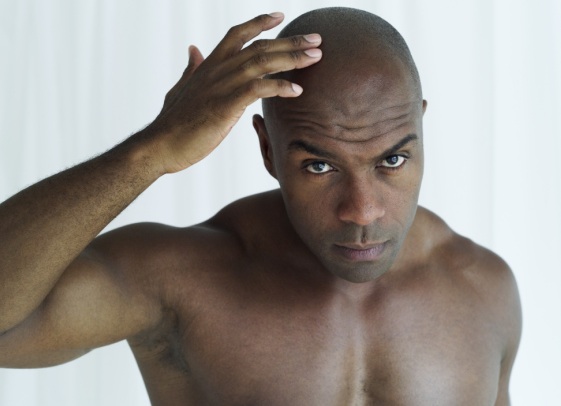Is that a bald spot? Is my hair starting to thin? Is my barber taking my hairline back? Do I need to get a Fue Hair Transplant Turkey? These are all questions that us men start to ask as we get older and look in the mirror. Hair loss is a big concern for men as it begins to tell our age and creates these insecurities of attractiveness some didn’t have.
From Lebron James to Michael Jordan hair loss doesn’t discriminate. So what can we do? Is it possible to stop or at least slow down our hair problems? We sat down with Glenn Charles, a Hair Transplant Specialist, to figure out how to fix this men hair crisis.
QG: Why do some men lose their hair sooner than others?
Glenn Charles (GC): Genetics! Two thirds of men experience some degree of hair loss by age 35. Whether that is some overall thinning or slight recession at the hairline and temples, there are several different patterns. Classified by a genetically inherited sensitivity to dihydrotestosterone, or DHT, this can lead to many different types of hairloss.
QG: Are there regiments that can be done to slow down the process of hair loss?
GC: There are several options for hair loss prevention. For men, we often prescribe a DHT blocker known as Propecia, generic name Finasteride. This helps about 80% of men in slowing down the progression of hair loss in the mid-scalp and crown region.
You have probably heard of Rogaine, or Minoxidil, an over the counter topical product that can increase blood flow to the scalp in turn producing healthier, stronger hair. This is generally inexpensive and helps about 50% of men with slowing hairloss to the mid-scalp and crown region.
Low Level Laser Therapy(LLLT) is offered in many forms. In-office devices, take home plug in devices and wireless, hands free caps. These increase cellular regeneration and also increase the blood flow to the scalp. These are safe – most are FDA cleared – and have proven to be quite effective in increasing the overall health, volume and quality of hair while slowing the progression of hair loss.
Another non-surgical in office procedure is Platelet Rich Plasma(PRP) injections. A small blood draw is taken and then spun in a centrifuge, separating out the platelets and enriched growth factors from the rest of your blood. The PRP serum is injected below the scalp and often assisted with micro-needling. It is then placed on the scalp topically to be washed off the following day.
QG: What type of procedures can be done to gain your hair back?
GC: The only way to get hair back to an area where the hair follicle is dead is to replace it with a new, healthy follicle. A hair transplant does just that. We move healthy, DHT resistant hair follicles from the back of the head to the area of hairloss. There are two types of procedure offered for this – FUT and FUE., FUT, Follicular Unit transplantation, is performed by removing a small strip of hair bearing skin from the back of the head, dissecting them into individual units, or grafts, and placing them one by one in the area of hair loss. Follicular Unit Extraction, FUE, is performed by removing the individual DHT resistant follicles without any linear incisions and then placing them in the area of hairloss. Both procedures are performed in a few short hours under local anesthesia and patients report little to no discomfort just 24 hours later.
QG: Can a man stop a receding hair line? If so, how?
GC: While most of the measures mentioned above are proven as potentially beneficial to the mid-scalp and crown areas, we have seen some Low Level Laser Therapy and PRP Treatments increase the quality of hair in the hairline. Usually, the best way to address a hairline that has receded is with a hair transplant procedure.
About Dr. Glenn.
Dr. Glenn Charles was born in Buffalo, New York and raised in the suburbs of Detroit, Michigan. After receiving his undergraduate degree from Michigan State University he obtained his medical degree from Nova Southeastern University School of medicine in North Miami Beach, Fl. Dr. Charles then completed an internship and residency at Michigan State University affiliated hospitals before acting as the primary physician trainer in hair transplant surgery for a large hair transplant organization from 1997-1999.
For more info go to www.charlesmedicalgroup.com.




